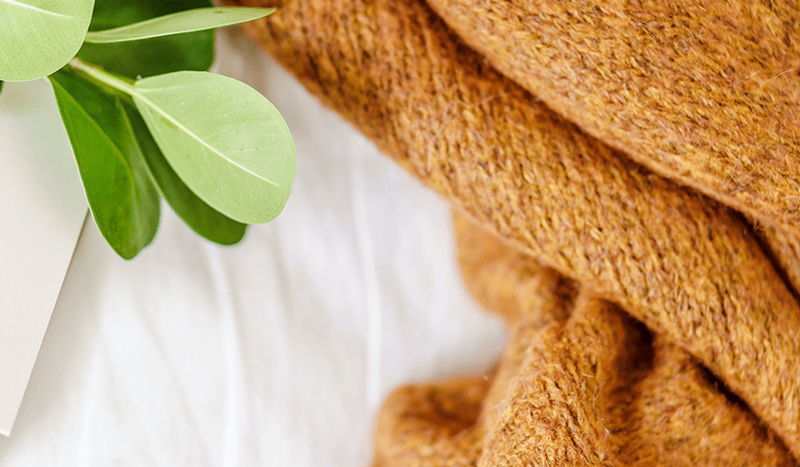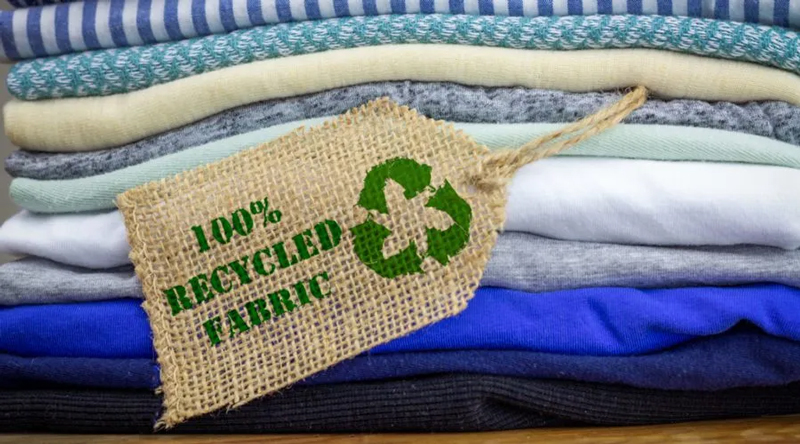Features And Benefits Of Eco-Friendly Fabrics
Published On: April 12, 2024 By: ray herb

Eco-friendly fabrics are fabrics designed using renewable energy utilization and waste reduction on environmental design ideas, which is considered a cleaner, more reliable energy-saving technology that reduces the amount of pollution and shedding that can damage the environment.

Characteristics of eco-friendly fabrics.
- First of all, eco-friendly fabrics can be made of renewable natural materials such as cotton, wood pulp fibers, nylon eucalyptus and neoprene. By avoiding synthetic fabrics made from waste materials that contribute to landfill sites and damage the environment through mass production methods such as synthetic fabrics produced on market shelves instead, eco-friendly fabrics provide resources saved while simultaneously protecting our planet as much as possible.
- Secondly, eco-friendly fabrics utilize the production of renewable resources, high security, can reduce the amount of damage to the environment pollution and shedding. For example, eco-friendly cotton, which is a chemical-free organic fiber, when Tempica (from Austria) source tracking, found that eco-friendly cotton produced by non-GMO cotton (get Eco-TEX certification from Belgium), with soft, breathable, antibacterial and other characteristics. And it also has the advantage that it can surface adhesive, the silk and other surfaces of the fabric bonded together, which can reduce the possibility of burns.
- In addition, eco-friendly fabrics can remain soft, so that the touch of the garment tends to be natural. If the use of environmentally friendly cotton fabrics, it can remain soft and smooth, safer for the skin, less prone to wrinkles. Compared with ordinary cotton, environmental cotton fabric structure is more flexible, will not become hard.
- Finally, eco-friendly fabrics have a significant feature is the durability of the special existence. Eco-friendly cotton repurposed fiber materials, compared with ordinary cotton fabrics, has a stronger durability. For example, some fiber materials to be three times more wear-resistant than ordinary materials, higher temperature resistance, not afraid of fading, can resist the oxidation of ozone, can be repeated washing, will not produce harmful substances, but also not easy to produce shedding debris, will save resources, to extend the service life of the clothing.
Eco-friendly fabric materials:

Eco-friendly fabric materials include organic cotton, colored cotton, bamboo fiber, polyester, linen, silk, lycra, soybean protein fiber, hemp fiber, modal, organic wool, wood tencel and other fabrics and materials.
1.Organic cotton is a kind of cotton produced in agricultural production, mainly using organic fertilizers, biological pest control, natural farming management, and no chemical products are allowed. It is produced from seed to agricultural products completely naturally and without pollution. It is measured by the “Safety and Quality Standards for Agricultural Products” promulgated by various countries or WTO/FAO. The content of pesticides, heavy metals, nitrates, harmful organisms (including microorganisms, parasite eggs, etc.) and other toxic and harmful substances in cotton is controlled within the limit prescribed by the standard, and certified commercial cotton is obtained. Currently, for organic cotton, it mainly needs to be certified by several major international agencies. The market is currently relatively chaotic, and there are already many adulterators.
2.Color cotton Color cotton is a new type of cotton with natural colors in the cotton fiber. Natural color cotton is a new textile material cultivated by modern bioengineering technology, which has natural colors in the cotton boll opening process. Compared with ordinary cotton, it has the characteristics of softness, breathability, elasticity, and comfortable wear, so it is also known as higher-level ecological cotton. Internationally known as Zeropollution.
3.Bamboo fiber is created through special high-tech processing to produce regenerated cellulose fiber, using bamboo’s natural properties as raw material without pollutant sources or waste production sources – it degrades without harming the environment and fully returns back into nature, earning bamboo its place as an eco-friendly fiber choice.
4.Polyester Fabric Polyester fabric is composed largely of acrylic fibers, making it perfect for summer apparel production due to its antimicrobial qualities, strong abrasion resistance and water repellency. Light weight yet resistant polyester also boasts moisturizing qualities making the material suitable for production of summer garments that will increase comfort levels significantly during wear. The warehouse environment becomes much gentler and pleasant with more gentle workers contributing towards creating comfort-rich warehouse conditions resulting in improved productivity levels overall.
5.Flax: From the raw material perspective, flax belongs to the plant cannabis, which is a purely natural and renewable material with moisture absorption and ventilation properties. It can be completely decomposed without causing environmental pollution, giving people a fresh and comfortable experience.
6.Silk is a fabric made by changing the structure and twist of a fiber and melting it into a threadlike shape through various processes. It has the advantages of being soft and delicate, with a good texture, and creating a dignified temperament, so it is widely used in various fields such as fashion and home furnishing.
7.Lycra Lycra is a nylon fiber made from a mixture of styrene and vinyl chloride. It has stronger flame retardancy, heat resistance, corrosion resistance, and water resistance than ordinary nylon fibers. At the same time, it also has anti-UV, colorfast, and complete decomposition environmental characteristics, so it is used in dresses, skirts, and other different types of clothing design.

Advantages of environmentally friendly fabrics:
1.Excellent warmth retention performance. The unique multilayer fiber structure can effectively lock in heat energy, prevent cold and keep warm while preventing sweat accumulation and inhibiting bacterial growth.
2.Excellent resilience. The multi-layer fiber structure makes the clothes fluffy, giving it excellent resilience and a soft touch like skin.
3.Dry and waterproof. The waterproof fabric protects the cotton fibers from water and wet weather, making it dry and comfortable.
4.Multi-color options for a colorful autumn and winter. With multi-color options, you can choose your favorite colors, whether it’s youthful and vibrant or mature and stable.
